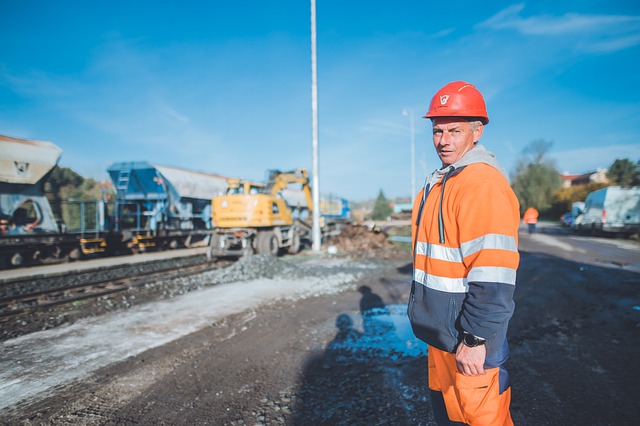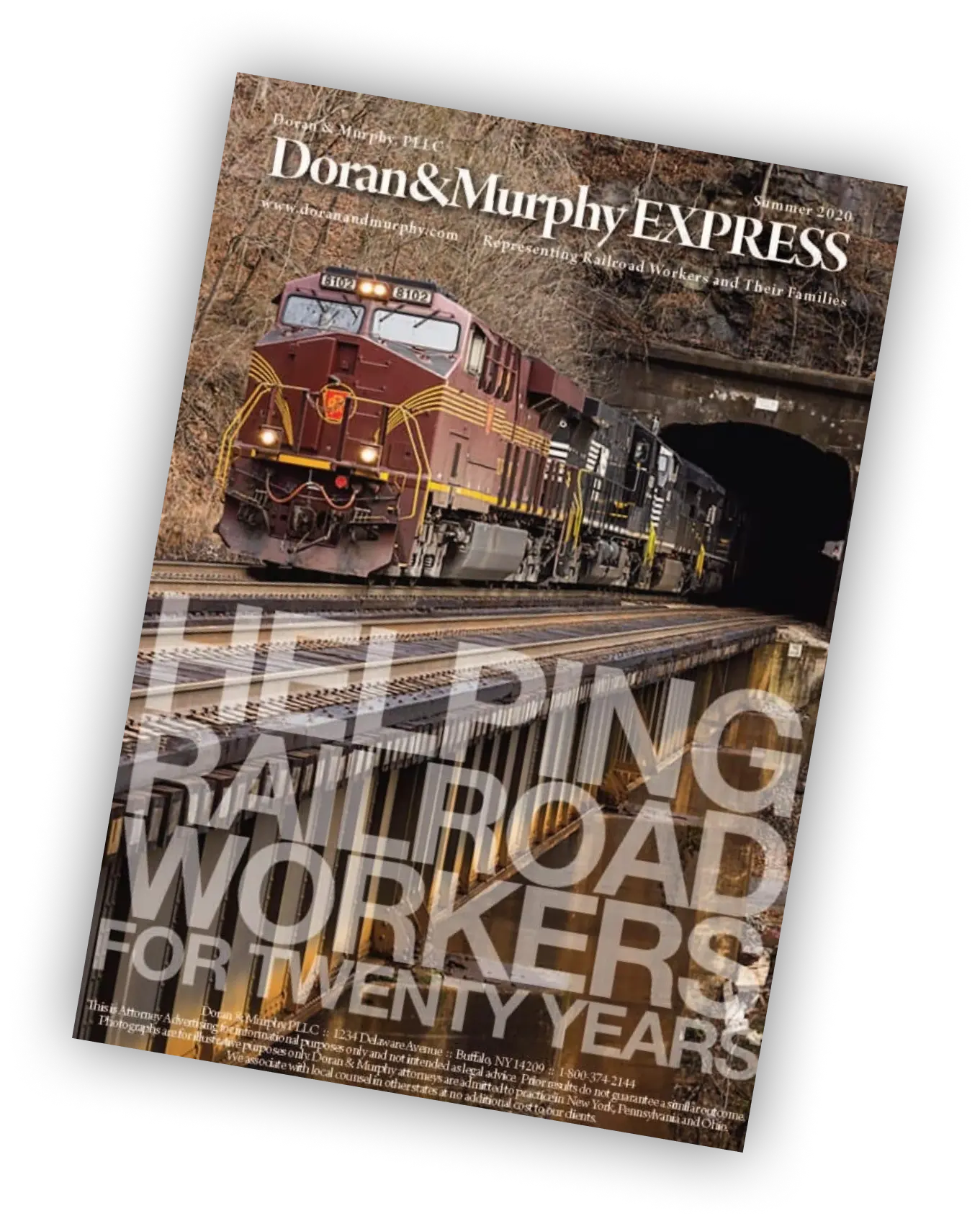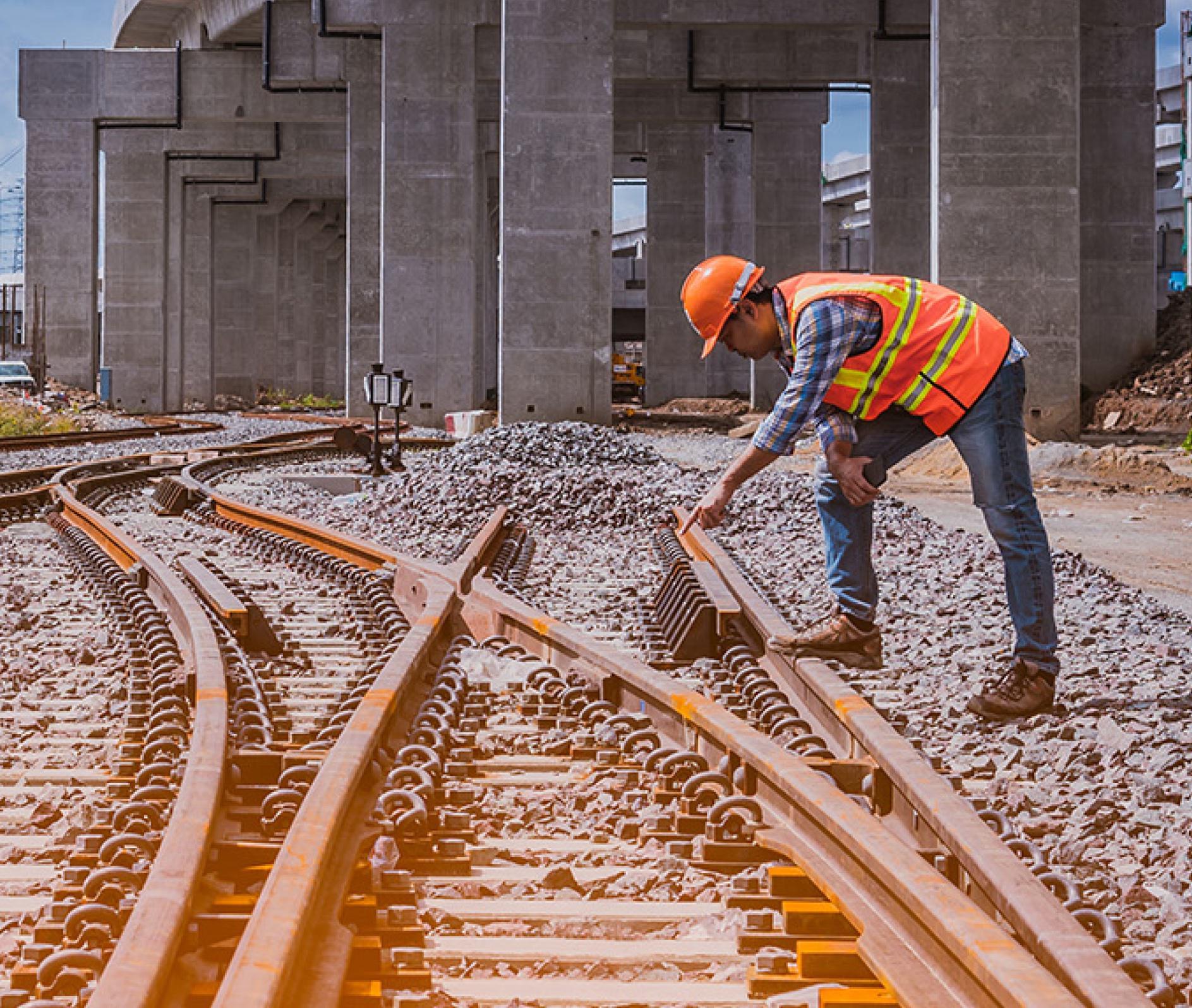
For many decades railroads used asbestos rope for different purposes. One of the major uses of asbestos rope was to fix rail “pull-aparts.” The rail on which trains ride was generally installed in sections of various lengths, often times 39 feet long. The ends of the rails would then be bolted together to form continuous rail for the trains to travel on. Unfortunately, in extremely cold temperatures the rail would contract (or “pull-apart”) which could result in broken bolts and joints. If left unrepaired, such broken rails would lead to train derailments. During winter months, workers in the railroad maintenance of way (MOW) department or track maintenance department would often be called upon to repair this condition. To make this repair, railroad trackmen would use asbestos rope which usually came in cardboard boxes.
The track workers would cut sections of asbestos rope using a knife which would be a very dusty process. The asbestos rope was then placed into buckets and soaked with kerosene or diesel fuel. Next, the soaked asbestos rope was laid alongside the broken rail and lit on fire. The heat caused the rail to expand and then the rail would be re-bolted together into its original state. Unfortunately, the burning of the kerosene and diesel fuel-soaked rope would create significant amounts of toxic smoke which would be inhaled by the workers. In fact, some railroad workers nicknamed the asbestos rope “smokey.”
After all the fuel was burned off, the asbestos rope was then picked up by hand and placed into five-gallon buckets, so it could be reused in subsequent rail repairs. Asbestos dust would flake off during the process of handling the rope and placing it into the buckets. The railroads continued this practice of using asbestos rope to fix “pull-aparts” into the 1980s. In fact, one major railroad, Consolidated Rail Corporation (Conrail), had a safety rule book from June 1981 that expressly instructed workers to use asbestos rope. However, that same rule book made no mention of what the railroads had known as far back as the 1930s: asbestos was a health hazard. Nor did the rule book warn workers that asbestos was a cancer-causing substance with no safe level of exposure.
Railroad track workers who were exposed to asbestos rope dust or kerosene/diesel fumes who later develop cancer are entitled to make a claim for benefits under the Federal Employers Liability Act (FELA). These track department workers include trackmen, track foremen, machine operators, track welders, and track laborers. In addition to asbestos, these workers were also exposed to other cancer-causing substances such as silica from ballast rock dust, creosote, welding fumes, and diesel exhaust fumes from diesel-powered track equipment.
Various types of cancer have been linked to different railroad exposures, including mesothelioma, lung cancer, laryngeal cancer, esophageal cancer, throat cancer, bladder cancer, colon cancer, kidney cancer, stomach cancer, certain blood cancers such as Acute Myeloid Leukemia (AML) and Myelodysplastic Syndrome (MDS), and other types of cancer.
If you or a family member worked for the railroad and suffer from cancer from any of these exposures, please contact Doran & Murphy PLLC for free consultation about your legal rights to compensation under the FELA.





